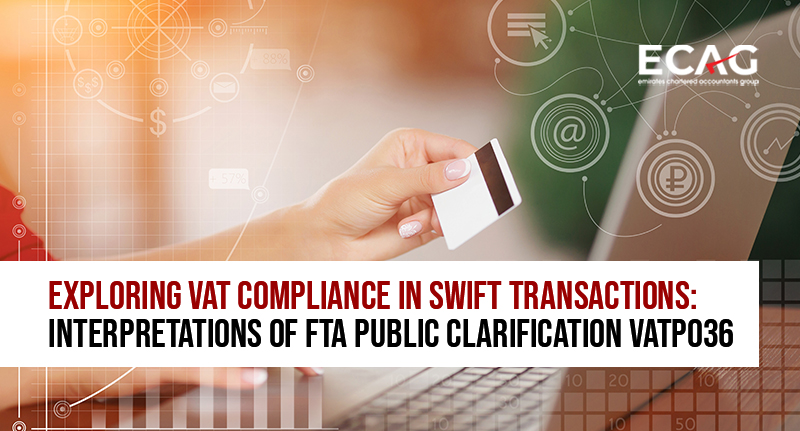
- Feb 22,2024
Discover how PPE audits serve as a strategic tool to identify vulnerabilities in asset management.
Property, Plant & Equipment- Risks & Controls
In today's dynamic corporate environment, well-managing PPE is crucial to achieving sustainable development and profitability. A PPE Audit serves as a vital process, offering helpful insights into asset valuation, utilization, compliance, and overall financial health.
Let's dig into the key aspects of PPE audit and why they are necessary for businesses striving for success and productivity:
PPE Audit will help Maximizing ROI and dealing with the risks
Negligence about PPE can expose businesses to many risks, including fraud, loss, theft, obsolescence, and compliance penalties. These risks not only weaken profitability but also discourage operational efficiency and strategic decision-making.
The PPE audits help as a strategic tool to identify vulnerabilities in asset management practices and implement precautionary measures. By improving asset tracking mechanisms, adjusting maintenance schedules, and checking disposal strategies, we help you safeguard your assets and maximize return on investment (ROI).
How is PPE Audit Facilitating Strategic Decision-Making?
By providing comprehensive insights into the composition, condition, and value of the asset portfolio, audits empower businesses to style informed decisions regarding asset acquisition, disposals, and optimization.
Emirates Chartered Accountants Group's team of experienced auditors utilizes advanced analytics and industry expertise to deliver actionable recommendations that align with the strategic aims. Whether it's identifying opportunities for cost savings, evaluating capital investment proposals, or optimizing asset allocation, we support businesses to make comprehensive financial decisions that drive long-term growth and profitability.
PPE Audit, Supporting Compliance and Accuracy
PPE represents a substantial portion of a company's investment and is important for its operations. However, inaccuracies in asset records can happen over time due to elements such as depreciation, wrong categorization, or inadequate disposal/purchasing processes. These discrepancies not only affect financial reporting but also threaten regulatory compliance, especially Corporate Taxation.
With regular PPE audits businesses can ensure the accuracy and compliance of their asset records. Through thorough examination and verification, we reconcile physical assets with recorded data, rectifying any discrepancies and ensuring adherence to accounting standards and regulatory requirements.
Tagging & Coding of PPE
This involves assigning unique identifiers, such as barcode labels or RFID tags, to each PPE item, facilitating easy identification and tracking. These tags are affixed to physical assets and connected to digital records within the ERPs or Accounting Software, enabling seamless integration between physical assets and their electronic counterparts.
Additionally, coding involves categorizing PPE items created on their type, location, and further relevant attributes, allowing for systematic organization and retrieval of asset information. By applying robust tagging and coding systems for PPE, businesses enhance asset visibility, improve inventory management, and streamline maintenance and depreciation tracking processes.
Revaluations and Asset Impairment
Systematic evaluations of PPE are crucial for keeping accurate asset values and reflecting variations in market circumstances. Our PPE audits include a comprehensive review of asset valuations and impairment assessments to ensure compliance with accounting standards and regulatory requirements. By identifying potential impairment indicators and suggesting appropriate valuation adjustments, financial risks can be mitigated thereby boosting the transparency and reliability of financial reporting.
Increasing Stakeholder Confidence
Transparent and accurate reporting of PPE improves stakeholder confidence and credibility. Whether it's investors, lenders, regulators, or business partners, stakeholders trust true asset information to assess the financial strength and performance of the organization.
In most of the business, PPE is the major item where the stakeholder’s money is invested. Regular audits would ensure that reporting is accurate.
Steps Involved in PPE Auditing
It encompasses several critical procedures and technologies aimed at ensuring accuracy, compliance, and effective management of assets. These steps include:
- Asset Identification and Categorization: Using advanced asset tracking technologies like RFID tags and barcode scanning systems to identify and classify PPE.
- Physical Verification: Leading on-site inspections to verify the existence, condition, and location of assets.
- Valuation and Depreciation Analysis: Assessing asset valuation, depreciation methods, and fair market value with the help of valuation software.
- Documentation Review: Reviewing documentation e.g., purchase invoices, lease contracts, and schedules, facilitated by electronic document management systems.
- Compliance and Regulatory Review: Evaluating compliance with accounting standards, tax regulations, and industry guidelines.
- Reporting and Recommendations: Compiling audit findings into comprehensive reports and offering recommendations for process enhancements and policy improvements.
For More details on PPE Audit Contact
A. Dhara Yagnik, M.com, FCA
Manager – Audit, Compliance & Business Transformation
M: +971565956836 E: dhara@emiratesca.com





